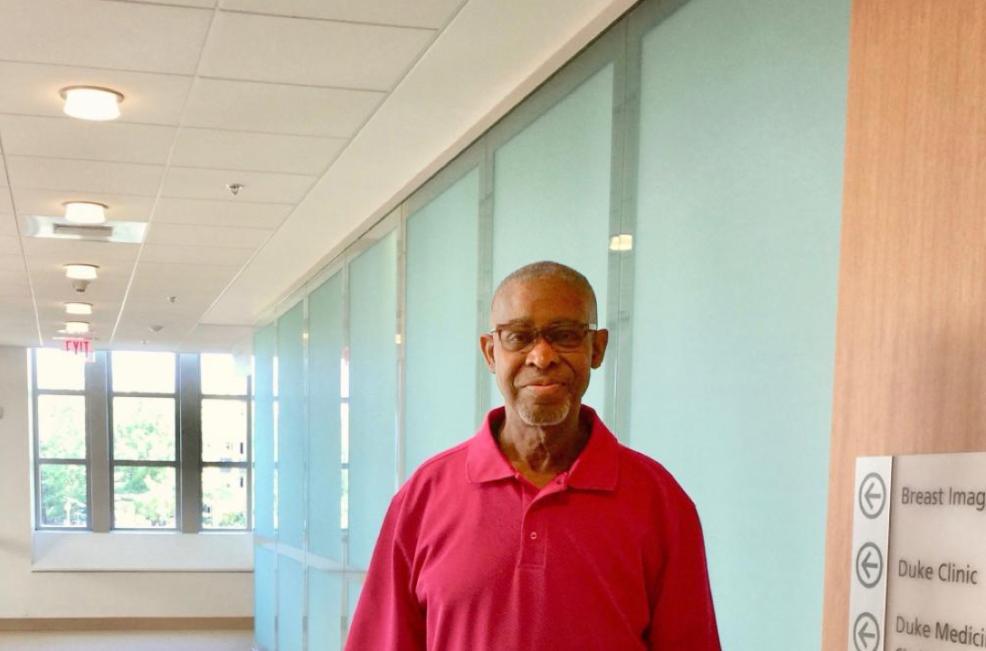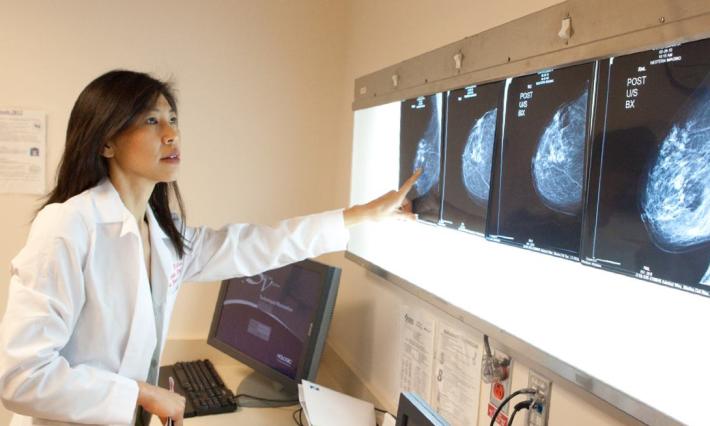Every fall, Wesley Brandt fires up the charcoal smoker in his backyard to make turkey barbecue. First, the turkey is smoked over hickory-flavored briquets and chunks of wood for 12 hours, then it’s brought inside to finish cooking in the oven where the succulent and tender meat falls off the bone. After it’s flavored with East Carolina bbq sauce — “not no red sauce,” he is emphatic — some is given away to lucky co-workers and neighbors and some he sells.
Naturally, barbeque turkey is also his family’s go-to entrée for Thanksgiving dinner. A blended family, Brandt and his wife, Linda, have three children, seven grandchildren and two great-grandchildren, plus extended family — most of whom live in the area — so there’s a full house on the holiday.
But this year he’s not sure if he’ll have the stamina to make his popular and coveted turkey barbeque. That’s because Brandt, 65, is fighting breast cancer. He’s been living with stage 4 disease since it spread to his lungs at the end of last year.
“I’m so hoping that I can get back my energy level to make the barbecue this fall,” said Brandt. “I want to get back to doing the things I enjoy, like fiddling in the yard; keeping up the grass and a couple of flower beds. I’m an ole country boy.”
Last month Brandt underwent a procedure to remove fluid from his lungs. It was the third time in as many years he’s had to take a break from his job in environmental services at Duke Eye Center — a job that’s kept him “rippin’ and runnin’” from operating room to operating room for the past nine years.
While he’s currently breathing easier, thanks to a take-home catheter to drain the fluid from his lungs and the fourth infusion of a drug that’s kept his lung tumors from growing or multiplying, he’s weary.
But not too weary to make the short trip to the Duke Cancer Center on October 5, during Breast Cancer Awareness Month — and in a pink polo, no less — to talk about how having breast cancer as a man can be an isolating experience, and why raising awareness is so important.
Brandt gets especially emotional when he talks about a news report he watched on GMA that morning on breast cancer research and treatment. He was crushed when the story didn’t mention a word about men.
“That really set me back,” said Brandt, 65, his eyes welling with tears. “Since I’ve experienced breast cancer, I haven’t heard or seen anything directed toward men. Everything is geared to women.”
He doesn’t see anything about men with breast cancer on TV, motivational posters, magazines, or ads for breast cancer charity events. Nor does he see evidence in the educational materials he’s received.






